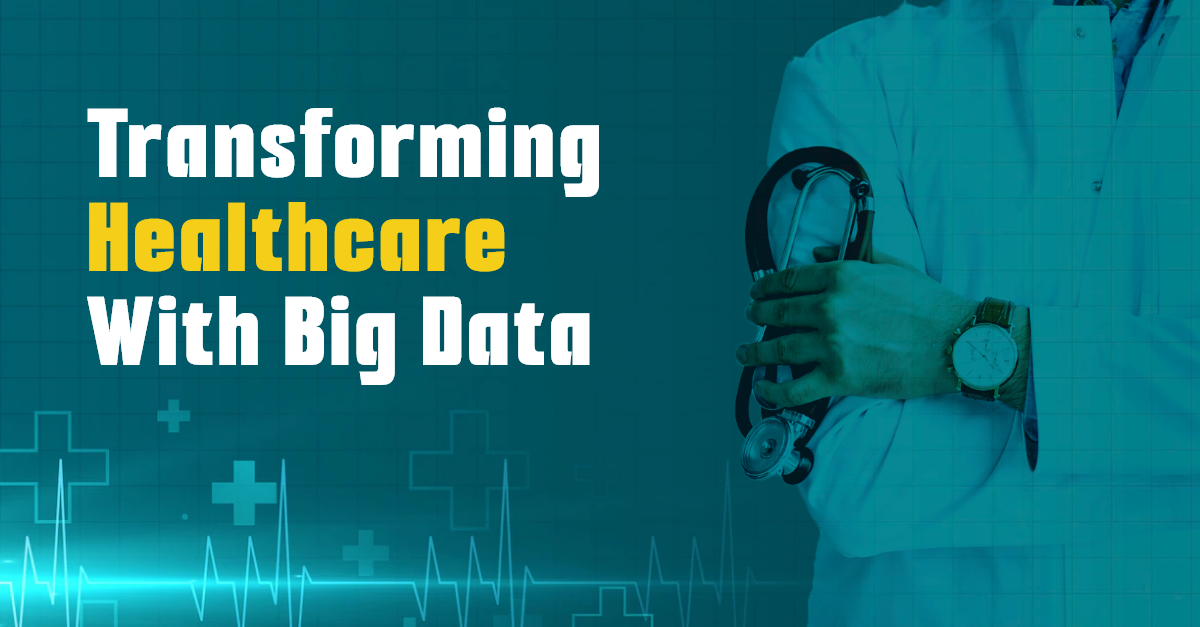Today, many healthcare service providers rely heavily on technological breakthroughs to deliver high-quality healthcare services. As a result, there is an excellent need for analytics experts in the healthcare sector. Globenewswire published that by 2022, the healthcare big data analytics market will be worth more than $34.27 billion. A 22.07 percent CAGR is what we can anticipate. By 2024, the Big Data Analytics market will be worth more than $68.03 billion in total. Based on a person’s past medical records, dietary habits, and lifestyle, big data analytics in the healthcare business reveals a lot about that person’s health. Mckinsey estimates that the US healthcare sector could generate more than $300 billion annually by adopting big data analytics efficiently.
Reducing healthcare costs will enable us to reach two-thirds of this value. In North America and Europe, 25% of the population will be older than 65 by 2050. The healthcare system will have to deal with more people who have complex requirements in the future. To care for these people, healthcare systems will incur significant costs. As a result, we require a system that prioritizes long-term care rather than short-term needs, and big data happens to be one of them.
Real-World Examples of How Big Data Is Transforming Healthcare
Maintaining a health tracking system
The healthcare sector is changing because of big data analytics and the internet of things. Various wearables are available now to track activities, including exercise, heart rate, sleep, and walking distance. Along with this information, there are also tools for blood pressure, blood sugar, oximeters, and many other types of monitoring. Data from sensors and continuous monitoring of physiological functions can be used to spot critical trends that can be used to assess the body’s overall health and, consequently, potential future health risks. Before things get worse, people can be warned about prospective health problems. As a result, life expectancy will rise, and infectious and chronic diseases will be better managed.
Telemedicine
The world is currently experiencing a severe medical staff shortage. The WHO advises that there be one doctor for every 1000 people, although this ratio is much lower, particularly in developing nations. Big Data analytics can help this scenario get better. The term “telemedicine” describes the use of technology to provide medical care in remote places. Medical education for healthcare workers, remote patient monitoring, and other uses for telemedicine are all possible. Remote medical personnel can check and gather a patient’s medical information. Based on the findings, doctors can recommend a course of treatment. This helps avoid the need for medical professionals to treat patients in person.
Abuse and Fraud Prevention
As per estimates, more than $210.7 million in healthcare fraud for Medicare and Medicaid Services was stopped thanks to predictive analytics. False claims and incorrect billing are two significant areas of fraud and abuse in the healthcare sector. Big data analytics can assist in spotting phony papers and figuring out potential fraud practices. Erroneous billing can be identified by closely checking the discrepancy between product sales and billing data. Big Data analytics can speed up claims processing and eliminate erroneous ones.
Statistical Analysis
Using Big Data Analytics, developed nations like the United States of America may save more than $149 billion by increasing operational effectiveness. Through predictive analysis, we can improve capacity usage. Using historical data to analyze the patient admission rate, the number of beds may increase or decrease. Hospitals can serve more patients in this fashion while maintaining the same capacity. We can successfully manage hospital employees using Big Data Analytics by projecting demand.
Overall improvement in records, reporting, and analysis
Electronic Health Records (EHRs) are transformed into meaningful clinical insights using the raw data from many sources like patient personal information, medication, lab test reports, doctor’s prescription, data collected from sensors, etc., thereby improving the records, reporting, and analysis overall. To produce medical insights, this raw data is loaded into an algorithm. This information supports clinical procedures or genomic research. EHRs (Electronic Health Records) are very useful in reducing human error. Information regarding the patient’s medical history can be found in great detail in digital health records. Analytics can keep an eye on the erroneous medication and instantly notify the patient by analyzing the effectiveness of previous prescriptions.
Millions of CT scans, MRIs, X-rays, and ECGs are also performed daily. The healthcare sector has recently used this data to analyze patterns across millions of photos. As a result, the disease may be studied more thoroughly, and the area of medical science may get access to new knowledge. Big data analytics makes this quick to accomplish.
“In the years to come, healthcare analytics will play a significant role in the medical sciences. Big data analytics in healthcare will allow for new knowledge of the human body and its internal organs. Healthcare will also be significantly changed by this, and big data analytics will be the deciding factor.”





